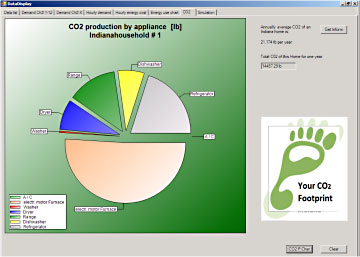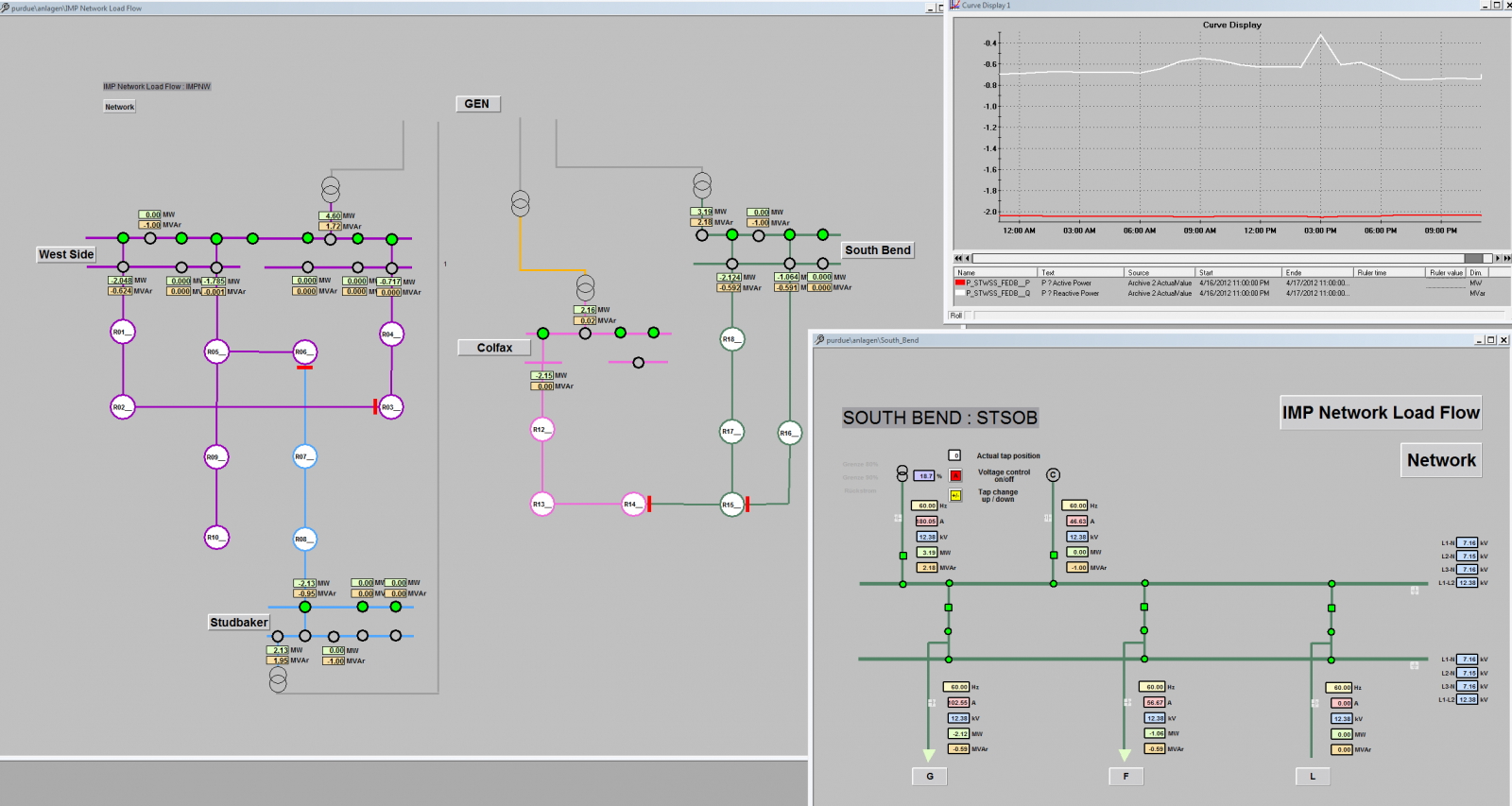Hardware projects developed by SMIL students
Home Area Network (HAN) control with Advance Metering Infrastructure (AMI)
The worldwide demand for Advanced Meter Infrastructure is growing. Smart Meter manufactures and electric utilities have to rely on third party developers to realize the promised potentials of Smart Grid. Smart Meters come with wireless communication capabilities and they are manufactured according to international standards. Third party application developers must understand the details of meter interval data storage formats and used wireless communication technologies before integrating Smart Meters into localized controllers for peak shaving applications. This project addresses how to develop interface hardware using AMI to utilize existing and future appliances and other electrical apparatus in HANs and other DSM schemes.
Publications: Kulatunga, N.A. , Navaratne, S. ; Dole, J. ; Liyanagedera, C. ; Martin, T. Hardware development for Smart Meter based innovations. IEEE Innovative Smart Grid Technologies - Asia (ISGT Asia), 2012. pg 1 – 5. DOI: 10.1109/ISGT-Asia.2012.6303188
Wireless network for measurement and control in AMI.jpg)
Simulation based network implementations have limitations and may not be able to represent the exact complexity in the network. The limitaons in smart meters due to its embedded architecture, behavior of the network due to more frequent data collection and due to environmental factors are not easy to model in simulation based environment. When testing security related issues, a real world network gives a far more realistic idea about the network behavior under attack. This project addresses the development of a wireless network for control and monitoring in AMI infrastructures.
Publications: U. S. Navaratne, N. Athula Kulatunga. Adapting a commercial power system simulator for smart grid based system study and vulnerability assessment. e-Pubs - Purdue University. 2012.
U.S. Navaratne, N.A. Kulatunga. Integration of AMI Testbed with Commercially Available Power Grid Simulator for Future Research Studies. IEEE PES conference on Innovative Smarty Grid Technology (ISGT-LA), 2013
Software projects developed by SMIL students
Consumption data visualization and TOU rate analysis tool

Time of day electric utility rates (TOU) is unavoidable. Consumers have no idea how TOU rates will impact their energy bills.Studies have shown that TOU accompanies by real-time feedback help reducing energy consumption and shifting loads to off-peak hours. Soon, smart meters with wireless communication capabilities will be in every household. Using the capabilities of smart meters, detailed usage of appliances can be provided to consumers via web applications. By allowing consumers to apply and test the impact of different rates, effectiveness of feedback based DSM can be enhances. [Click here for details]
Publications: Kulatunga, N.A. ; Loetscher, R. ; Kuruppu, S. Smart meter based tools to enhance feedback oriented DSM with time of use rates. Innovative Smart Grid Technologies Conference Europe (ISGT Europe), 2010 IEEE PES. Pg 1-8. DOI : 10.1109/ISGTEUROPE.2010.5638861
Power system simulation and algorithm development
Beside of development and testing of AMI hardware and tools, SMIL focus on Distributed renewable energy integration and management, Microgrid, and how we can utilize AMI infrastructure to facilitate decion making in these areas. For that SMIL uses different software simulators to model and simulate the power grid and its components. SMIL also focuses on developing hardware in loop test systems to archive better test results. Some of the software tools used by SMIL research for power system modeling and simulation include:
-
RESY-PMC power system simulator
Projects utilize these software tools include:
-
Modeling and testing Indiana Michigan Power (IMP) Pilot project : RESY-PMC

IMP smart grid pilot project was molded using RESY-PMC to analyze power flow, transformer loading and fault response. One of the advantages of using RESY-PMC is that it can be modeled each feder in the system closest to its physical characteristics representing circuit brakers, feder disconnectors and busbar disconectors and all the line segments it bitween. More detail models can be built for the rest of the components in the power system from the scratch. RESY system can also be used as a training tool to train Operational engineers. For students RESY is quit helpful to learn power system operation and power system modling. IMP pilot project was built to support the analysis of the grid as well as to investigate the power of the RESY-PMC simulator.
-
Distributed energy management and volt-var control : MATLAB / Simpowersystem
